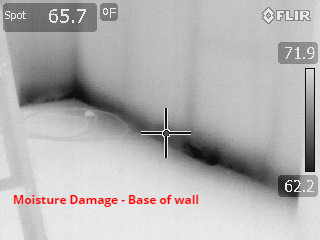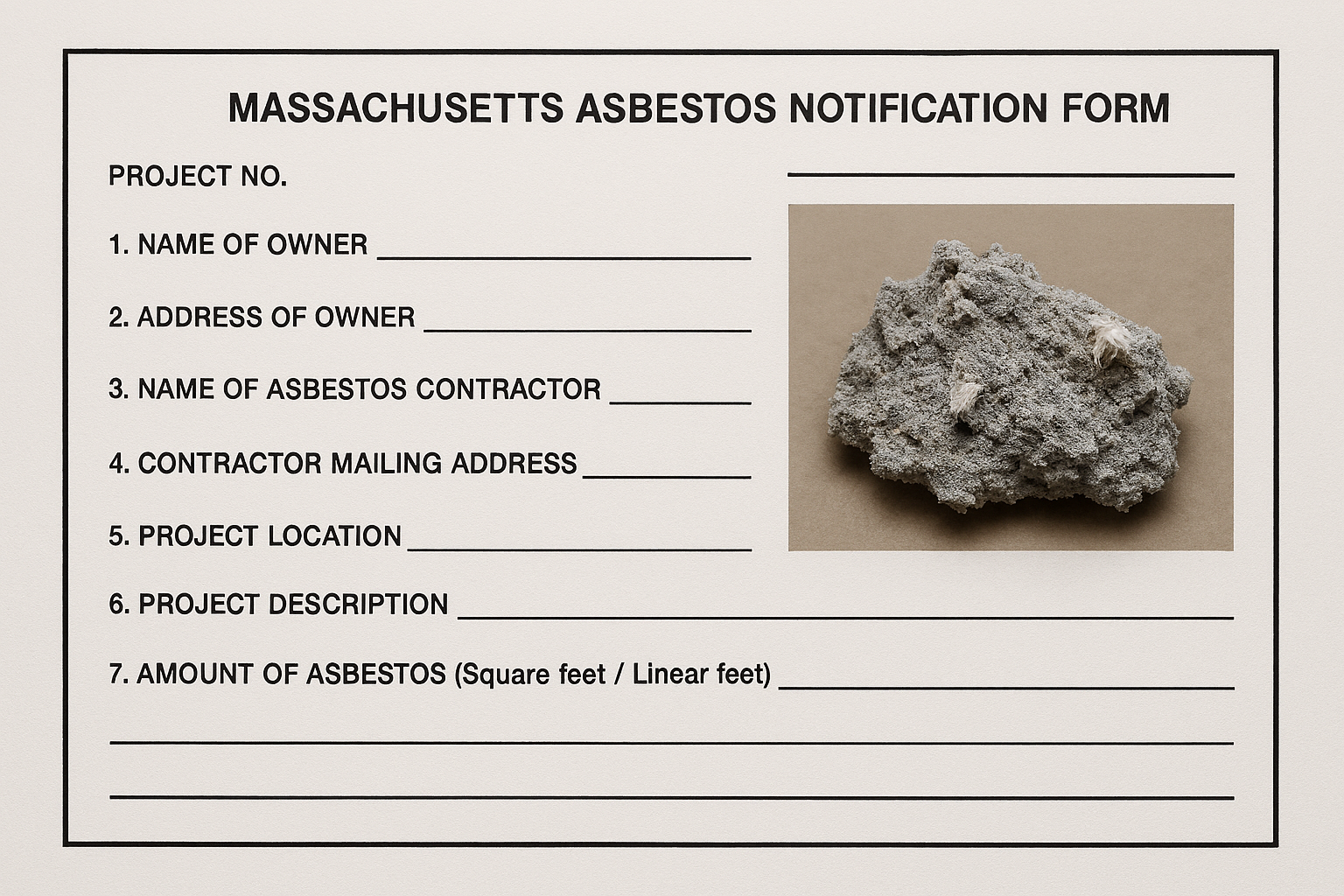The first step in preventing mold growth is to simply prevent water from entering the building. After a major rainstorm, many gallons of water can infiltrate an unfinished building under construction. While most construction companies have made preparations to prevent this, there are always ways water can enter the job site. Water will always follow the path of least resistance; it can travel until it is interrupted. This means that even if you find the source or entrance point of the water, there is a chance that water has flowed to additional areas.
Cashins & Associates : Resources
Preventing Mold Growth after Water Damage
If a leak occurs, the first thing to do is perform a visual moisture inspection. This should always be done soon after the water incident so that the inspector can properly identify any and all moisture. Accurate moisture “mapping” is very important to track wet building material removal and the drying process of salvageable building substrates. This is key to prevent the development of mold and bacteria in your building. Also if you wait to have the inspection performed surfaces will dry and even an experienced inspector can miss affected areas. This is a problem as water will be trapped behind walls and there would be no way to identify where that could be.
During moisture inspections, infrared cameras and moisture meters are used. These are invaluable tools to aid the inspector on where the water has been and to tell how much moisture is in the substrates. As with any measuring tool, there are many variables/limitations that can affect the accuracy of these devices. Experienced users know the instruments tendencies in the multitude of environments that can be encountered.
One needs to remember that a visual inspection may not identify all affected areas. In most cases, moisture conditions within a building change over time as water continues to travel to unexpected areas or causes additional unforeseen damage by pooling in certain locations. Follow-up inspections are important to verify that all areas identified have been properly remediated. There are many occasions where additional water damage is discovered during the follow-up inspection.
It is important to spot any wetted materials and perform moisture testing not only the affected area, but the surrounding areas as well. Mold only needs a few resources to grow, and water is one of them. Any missed water could lead to hidden mold growth and result in air quality issues for the future occupants. It is always better to deal with the water during the incident then to have to revisit more significant issues in the future.
Now that all the water has been identified and all the saturated materials have been cut out, the next important step is drying. This can seem like a no-brainer, but a lot of contractors do not take this step seriously and have to deal with mold issues later. One must know that porous building materials such as drywall can quickly absorb water and become a breeding ground for mold growth. There are millions of mold spores traveling throughout the air, especially in open to the outside construction sites with no mechanical ventilation. Once drywall gets wet, mold spores can begin the growing process within 12 hours. Typically, mold spores take anywhere from 24 to 72 hours to colonize, after which you will begin to see visual signs of the growth.
It is important to thoroughly dry all affected surfaces. Completely remove all water inside the wall cavities, along the wall tracks, on the floor, around the windowsills, etc. It is not advisable to leave standing water inside rooms because it can easily be wicked up walls or absorbed into insulation. Wall insulation is highly absorbent and can wet drywall behind it. It is strongly recommended that wet wall insulation be removed from any affected wall sections or ceiling sections. Once wet, insulation is very difficult to dry. Removal eliminates water loading in the building and ensures structural components can properly dry.
Humid air impacts the ability of surfaces to dry. If the air is full of water vapor it cannot facilitate the evaporative process. This impedes the efficient drying of building materials. If surfaces sit wet for several days, then mold and bacteria issues will develop. Dehumidifiers and fans are necessary to properly resolve a water release event in a building. Please note that dehumidifiers are only effective in closed and isolated spaces. Open windows and very large open spaces will eliminate the ability for a dehumidifier to work. Temporary enclosures can be built to create the proper microclimate.
An important lesson to learn is to treat all water leaks seriously and act quickly. A simple water leak could lead to a substantial and costly mold issue.
If you have any questions regarding mold and moisture, please let us know in the comments below. We will do our best to answer them as quickly as possible. If you are a commercial business, school, or hospital and are dealing with a mold issue we would be happy to assist. Please call us at (781)-245-1400 or fill out the inquiry form.





